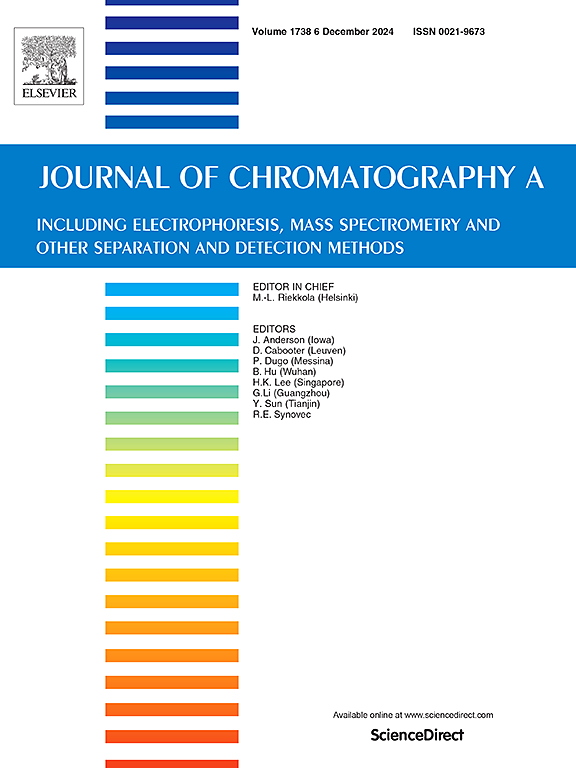Screening of inhibitors against histone demethylation jumonji domain-containing protein 3 by capillary electrophoresis
Abstract
Jumonji domain-containing proteins (JMJDs) play an important role in the epigenetic regulation of gene expression. Aberrant regulation of histone modification has been observed in the progression of a variety of diseases, such as neurological disorders and cancer. Therefore, discovery of selective modulators of JMJDs is very attractive in new drug discovery. Herein, a simple capillary electrophoresis (CE) method was developed for screening of inhibitors against JMJD3. A known JMJD3 inhibitor GSK-J1, 5-carboxyfluorescein labeled substrate peptide with an amino acid sequence of KAPRKQLATKAARK(me3)SAPATGG (truncated from histone H3), as well as a small chemical library composed of 37 purified natural compounds and 30 natural extracts were used for method development and validation. The separation of substrate from its demethylated product was achieved by addition of polycation hexadimethrine bromide (HDB) in the running buffer. The enzyme activity was thus assayed accurately through separating the demethylated product from the substrate and then measuring the peak area of the product. The enzyme inhibition can be read out by comparing the peak area of the demethylated product obtained in the present of inhibitors and that of the negative control in the absence of any inhibitor. The merit of the method is proved by discovering two new JMJD3 inhibitors: salvianic acid A and puerarin 6′’-O-xyloside.

 求助内容:
求助内容: 应助结果提醒方式:
应助结果提醒方式:


